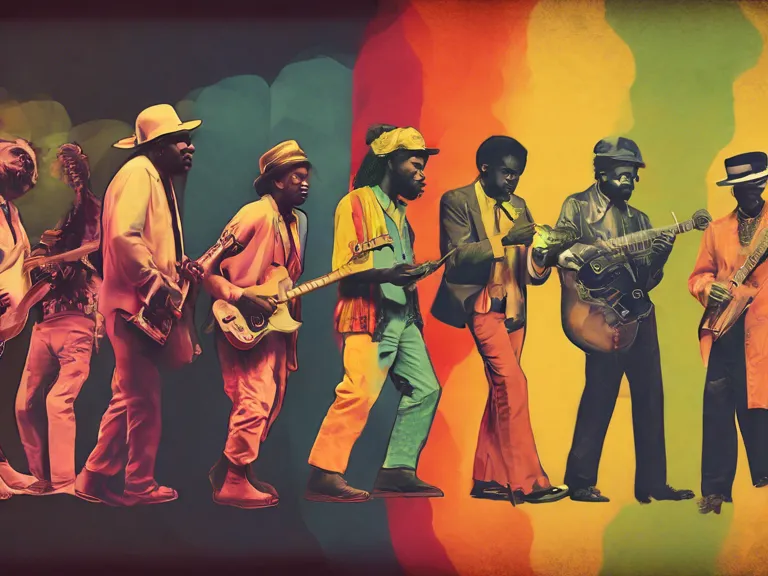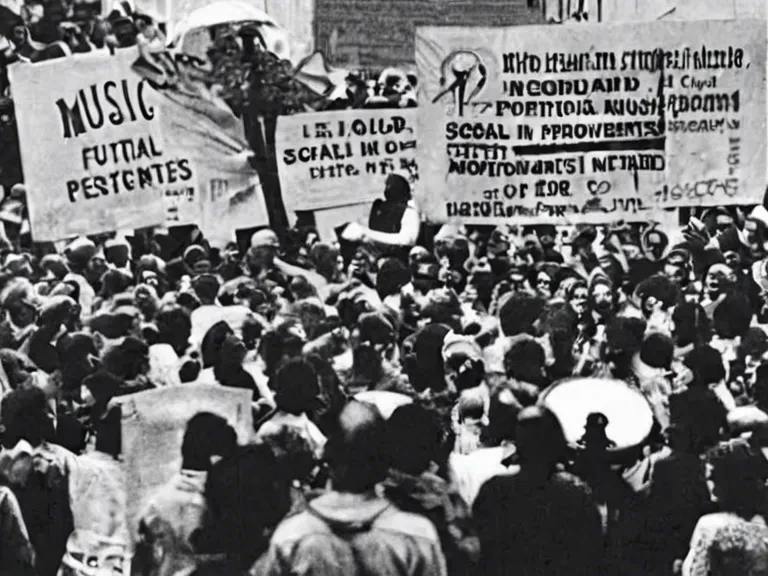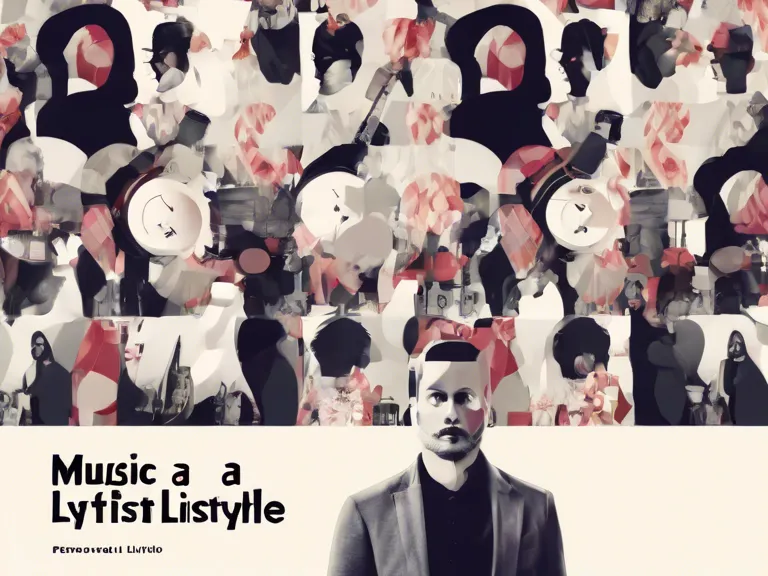
Explore the rise of cultural crossovers in music, blending traditional elements with modern trends to create innovative new sounds that appeal to a global audience.
Music has always been a reflection of culture, blending different traditions to create unique sounds that appeal to people across the globe. In recent years, there has been a surge in cultural crossovers in music, with artists mixing traditional elements with modern trends to create innovative and exciting new sounds.
One of the most notable examples of cultural crossovers in music is the rise of genres like K-pop and Afrobeat. These genres have taken elements from traditional Korean and African music, respectively, and combined them with Western pop and hip-hop influences to create a fresh and exciting sound that has captured the attention of listeners worldwide.
Another example of cultural crossovers in music is the growing popularity of artists who blend different musical traditions to create a truly unique sound. Artists like Rosalía, who combines traditional flamenco music with modern pop and electronic beats, have gained a following for their innovative approach to music.
Cultural crossovers in music are a reflection of the increasingly globalized world we live in. As people from different cultures come into contact with each other, they bring their musical traditions with them, leading to exciting new collaborations and innovations in music.
As we look to the future, it is clear that cultural crossovers in music will continue to play a significant role in shaping the soundscape of tomorrow. By blending traditions with future trends, artists are creating music that is both innovative and reflective of the diverse world we live in.



